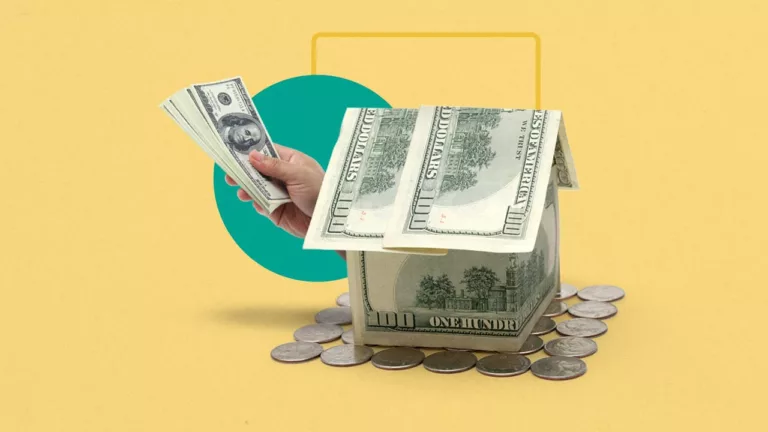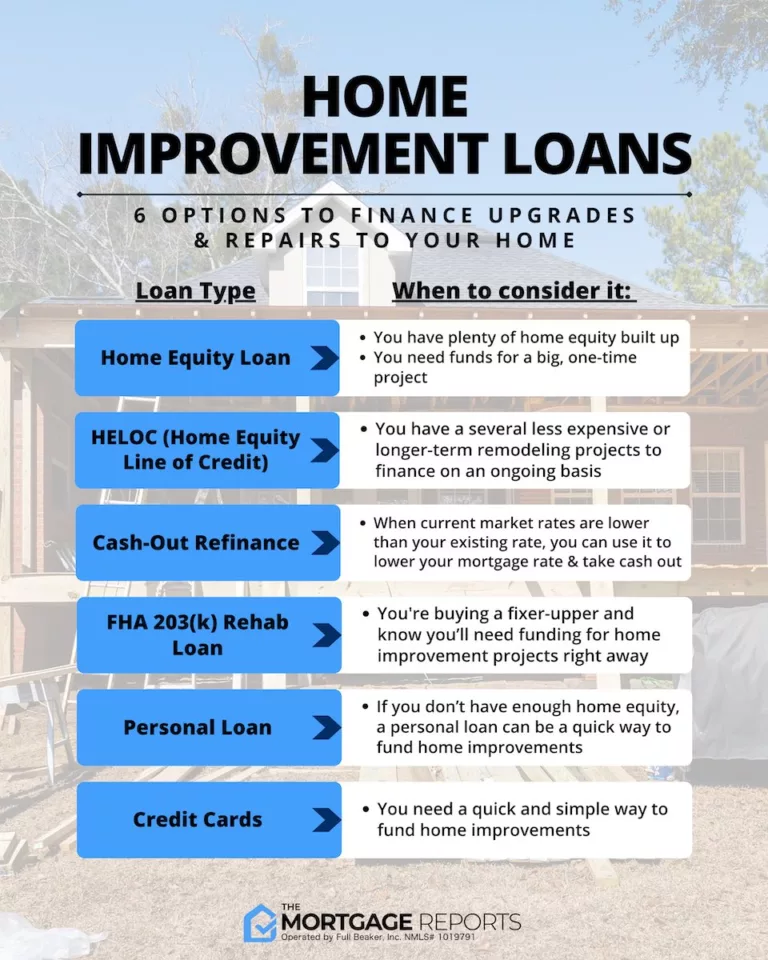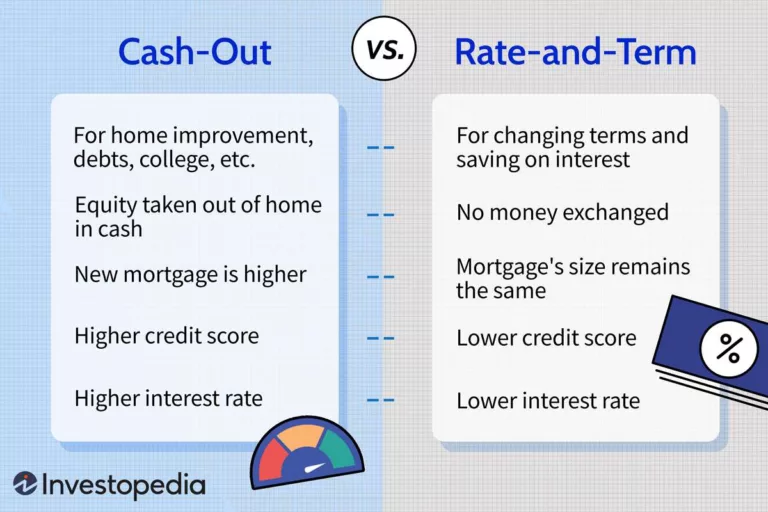How Does a Reverse Mortgage Work in Texas: Unlocking Financial Freedom
A reverse mortgage in Texas allows homeowners aged 62 or older to convert a portion of their home equity into cash, which can be received as a lump sum, as periodic payments, or as a line of credit, while they continue to own and live in their home. In Texas, reverse mortgages are regulated by the Texas Constitution, and borrowers are required to complete a counseling session with an approved counseling agency.
The amount of money a homeowner can borrow through a reverse mortgage depends on factors such as the appraised value of the home, the borrower’s age, and current interest rates. The loan does not have to be repaid until the last surviving borrower dies, sells the home, or no longer uses it as their primary residence.

Credit: www.linkedin.com
What Is A Reverse Mortgage
A reverse mortgage is a type of loan that allows homeowners, who are typically aged 62 or older, to convert a portion of their home equity into cash. Unlike a traditional mortgage where you make monthly payments to a lender, with a reverse mortgage, the lender pays you instead. It enables older homeowners to access the equity they have built up in their homes over the years, without the need to sell the property or make regular loan payments. Let’s explore the definition, eligibility requirements, and how a reverse mortgage works in Texas.
Definition
A reverse mortgage, also known as a Home Equity Conversion Mortgage (HECM), is a loan insured by the Federal Housing Administration (FHA). It is designed to help seniors supplement their retirement income and address financial needs by utilizing the equity in their homes. The loan amount is determined by factors like the homeowner’s age, home value, current interest rates, and the HECM program limits. The borrowed funds are typically tax-free and can be received in a lump sum, as monthly payments, or as a line of credit.
Eligibility Requirements
In order to qualify for a reverse mortgage in Texas, homeowners must meet certain eligibility criteria:
- Age: The primary homeowner should be at least 62 years old or older. Spouses who are younger than 62 may still be included in the reverse mortgage if the older spouse meets this age requirement.
- Homeownership: You must own your home outright or have a low mortgage balance that can be paid off using the reverse mortgage proceeds.
- Primary Residence: The property must be your primary residence, meaning you must live in the home for the majority of the year. Vacation homes and investment properties are not eligible for a reverse mortgage.
- Financial Assessment: Lenders will assess your financial stability to make sure you can meet your obligations such as property taxes, insurance, and maintenance expenses. Your income, credit history, and debt-to-income ratio will be evaluated.
- Counseling: Before obtaining a reverse mortgage, you are required to attend a counseling session with a HUD-approved counselor. This session provides valuable information about the loan terms, costs, and alternatives to consider.
Meeting these eligibility requirements is crucial in order to pursue a reverse mortgage in Texas and gain access to the potential financial benefits it offers. It is always recommended to consult with a reverse mortgage specialist to discuss your specific situation and explore the options available to you.
Benefits Of A Reverse Mortgage
A reverse mortgage in Texas offers seniors the opportunity to tap into their home equity while still living in their house. This financial tool allows homeowners to receive tax-free funds, eliminate monthly mortgage payments, and maintain ownership of their property.
Are you a homeowner in Texas looking for financial flexibility and stability during your retirement? A reverse mortgage can be a valuable tool that allows you to tap into your home equity, eliminate monthly mortgage payments, and enjoy flexible repayment options. Let’s explore these benefits in detail.
Access To Home Equity
With a reverse mortgage in Texas, you gain access to the equity built up in your home over the years. This means you can convert a portion of your home’s value into tax-free cash, providing a financial cushion to enhance your retirement lifestyle, pay off debts, or cover unexpected expenses like medical bills. Having quick access to your home equity can provide peace of mind, knowing that you have a safety net to fall back on when needed.
No Monthly Mortgage Payments
Gone are the days of worrying about making monthly mortgage payments. One of the significant advantages of a reverse mortgage in Texas is that it eliminates the burden of monthly mortgage payments. Instead, the loan is repaid after you pass away, sell your home, or permanently move out. This lack of monthly payments allows you to allocate your income towards other essential expenses, making retirement a more stress-free and enjoyable phase of life.
Flexible Repayment Options
A reverse mortgage in Texas offers flexible repayment options tailored to your financial circumstances. You have the freedom to choose between multiple repayment options, including a lump sum payment, monthly installments, a line of credit, or a combination of these methods. This flexibility empowers you to manage your finances efficiently, depending on your current needs and goals. Being in control of your reverse mortgage repayment gives you the freedom to adapt to life’s changes while still maintaining financial stability.
Texas-specific Considerations
Welcome to the informative section of our blog post on how reverse mortgages work in Texas. In this section, we will explore the Texas-specific considerations that you need to be aware of when considering a reverse mortgage in the Lone Star State. From the Texas home equity laws to the eligible property types and protective measures, we have all the key details covered for you. Let’s dive in!
Texas Home Equity Laws
Before moving forward, it’s crucial to understand the Texas home equity laws that govern reverse mortgages in the state. In Texas, these laws are designed to protect homeowners and outline specific guidelines for borrowers and lenders. The Texas Constitution restricts the amount of equity that can be withdrawn from a homestead and requires that a reverse mortgage be a home equity loan.
Protective Measures
To safeguard borrowers’ interests, Texas has added several protective measures to its reverse mortgage regulations. These measures aim to ensure transparency, fairness, and protection from potentially predatory lending practices. One important protective measure is the requirement for applicants to undergo mandatory counseling with a HUD-approved counselor. This step ensures that borrowers fully understand the terms and implications of a reverse mortgage. Additionally, Texas law mandates a “cooling-off” period of at least three days between the application and closing.
Eligible Property Types
When pursuing a reverse mortgage in Texas, it’s essential to know which property types are eligible. The Texas Department of Savings and Mortgage Lending allows reverse mortgages on primary residences and certain eligible secondary residences. These secondary residences can include, but are not limited to, single-family homes, townhouses, and approved condominiums. Rental properties and vacation homes are generally not eligible for a reverse mortgage in Texas.
The Reverse Mortgage Process
A reverse mortgage in Texas allows homeowners to tap into their home’s equity to supplement their income and cover expenses. This process involves converting a portion of the home’s value into loan proceeds, which are paid to the homeowner in regular installments or as a lump sum.
Unlike traditional mortgages, no monthly mortgage payments are required, with the loan being repaid when the homeowner sells the home, moves out, or passes away.
Applying for a reverse mortgage in Texas involves a straightforward process that includes application, counseling, property appraisal, loan approval and closing, and finally, the disbursement of funds. By understanding each step, homeowners can navigate the reverse mortgage process with confidence.
Application And Counseling
Before starting the process, homeowners need to complete an application with a reverse mortgage lender. This application will require relevant personal and financial information that the lender will use to assess eligibility. Once the application is submitted, the homeowner will be required to attend mandatory counseling by an independent HUD-approved housing counseling agency.
Property Appraisal
Once the homeowner has completed counseling, the next step is the property appraisal. An appraiser will determine the current market value of the home to establish the maximum loan amount available to the homeowner. The appraisal ensures that the reverse mortgage is in line with the value of the property.
Loan Approval And Closing
After the property appraisal, the lender reviews the application, including the appraiser’s report, and makes a decision on loan approval. If approved, the homeowner proceeds to closing, where necessary paperwork is signed and finalized. At this stage, the homeowner may choose between different disbursement options, such as a lump sum, monthly payments, or a line of credit.
Disbursement Of Funds
Once closing is complete, the funds from the reverse mortgage become available to the homeowner. This disbursement can be in the form of a lump sum payment, a monthly payment, or a line of credit that the homeowner can access as needed. The homeowner retains ownership of the home and is responsible for maintaining the property, paying taxes, and insurance.
Overall, the reverse mortgage process in Texas involves submitting an application, attending counseling, undergoing a property appraisal, receiving loan approval, and finally, accessing the funds. It is essential for homeowners to understand each step and work closely with a reputable lender to make informed decisions about their financial future.
Potential Risks And Drawbacks
While a reverse mortgage can be a useful financial tool for seniors in Texas, it’s important to understand the potential risks and drawbacks associated with this type of loan. Being aware of these factors can help you make an informed decision about whether a reverse mortgage is the right option for you.
Accumulating Interest And Fees
One of the main drawbacks of a reverse mortgage is the accumulation of interest and fees over time. As with any mortgage, interest is charged on the principal amount of the loan. However, in the case of a reverse mortgage, the interest is not paid out of pocket on a monthly basis but instead accrues and compounds over the life of the loan. This means that the longer you have the reverse mortgage, the more interest you will owe.
Additionally, there are several fees associated with obtaining a reverse mortgage, including origination fees, closing costs, and insurance premiums. These fees can add up and reduce the overall amount of funds available to you.
Impact On Inheritance
Another factor to consider is the impact a reverse mortgage can have on your inheritance. Since a reverse mortgage is a loan, the outstanding balance must be repaid when you sell the home or pass away. If you plan on leaving your home to family members or loved ones, they may be responsible for paying off the reverse mortgage balance, potentially reducing the amount they would inherit.
Responsibility For Home Costs
While a reverse mortgage can provide additional income for older homeowners, it’s important to remember that you are still responsible for certain home costs. This includes property taxes, homeowners insurance, and maintenance expenses. Failure to keep up with these costs could result in foreclosure.
Reverse Mortgage Scams
Lastly, it’s crucial to be aware of potential scams related to reverse mortgages. Unfortunately, scammers often target seniors who are considering or already have a reverse mortgage. These scammers may offer fraudulent services or try to steal personal and financial information. It is essential to be cautious and work with reputable lenders or financial advisors when exploring a reverse mortgage.

Credit: www.linkedin.com

Credit: m.facebook.com
Frequently Asked Questions Of How Does A Reverse Mortgage Work In Texas
What Is The Downside To A Reverse Mortgage?
A downside to a reverse mortgage is that it reduces the equity in your home over time. You need to pay interest, fees, and insurance premiums. If you don’t keep up with these payments, you could risk losing your home.
Who Owns The House After A Reverse Mortgage?
After a reverse mortgage, the homeowner still owns the house. The lender puts a lien on the property, but the borrower retains ownership. They are responsible for paying property taxes, insurance, and maintenance, and can decide to sell the house or leave it to their heirs.
How Much Money Do You Get From A Reverse Mortgage?
The amount of money you receive from a reverse mortgage depends on factors such as your age, the value of your home, and the interest rates. It’s best to consult with a reverse mortgage lender to determine the specific amount you may be eligible for.
What Is The Homeowner Responsible For In A Reverse Mortgage?
The homeowner is responsible for paying property taxes, homeowners insurance, and maintaining the property in good condition. They also need to continue living in the home as their primary residence.
Conclusion
To summarize, a reverse mortgage in Texas offers homeowners aged 62 and older an opportunity to tap into their home’s equity without selling it. With flexible repayment options and a range of uses, such as supplementing retirement income or paying off existing debts, a reverse mortgage can provide financial stability.
However, it is crucial to carefully consider the terms and conditions, as well as seek professional advice, to make an informed decision. Don’t hesitate to reach out to a trusted reverse mortgage lender in Texas for more information.




